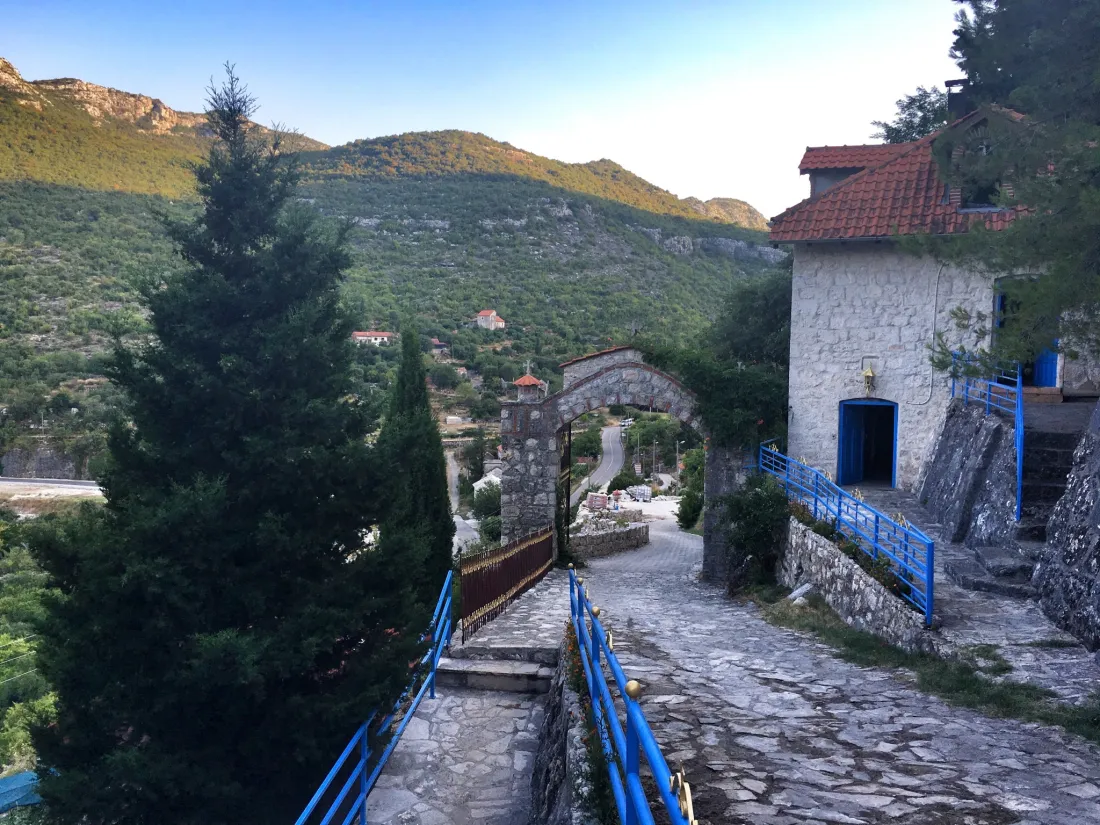Perhaps one of Europe’s biggest secrets that I couldn’t quite wrap my head around until I actually went and explored it in the flesh sand, is that Bosnia & Herzegovina actually has beaches.
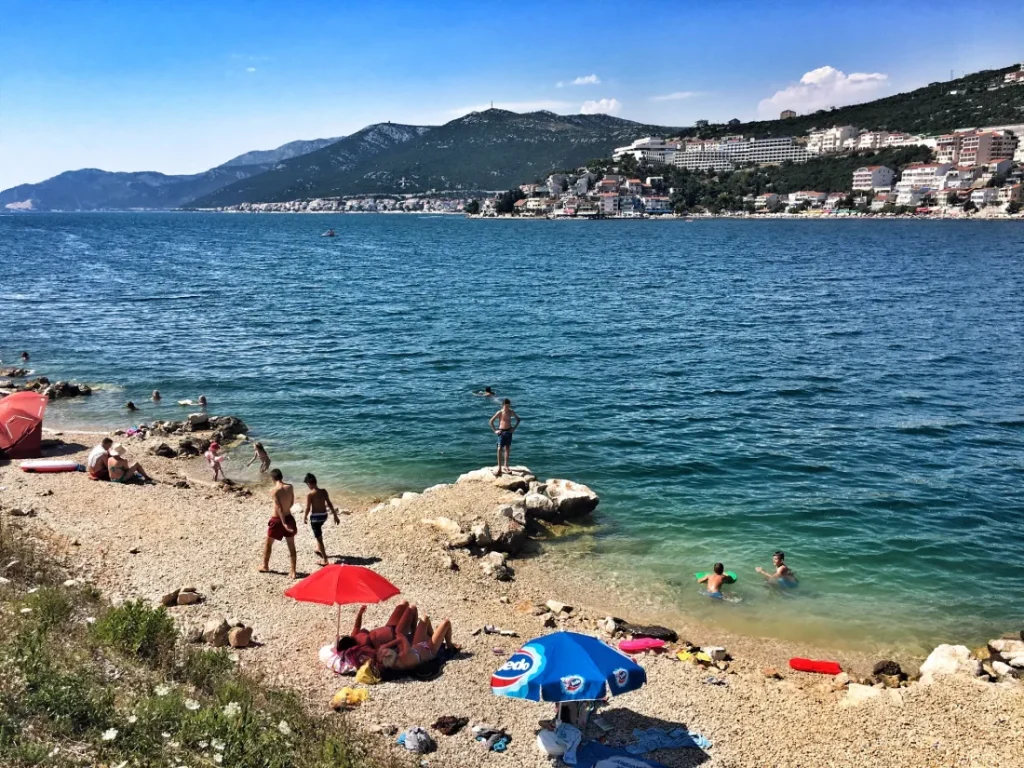
That’s right. It’s a little known fact, but amidst Croatia’s famous 1,800 kilometers of coastline you can also find a baby Bosnian riviera (approximately 22 kilometers in length, the second shortest coastline of a country in the world behind Monaco) around the town of Neum about an hour north of Dubrovnik. Mostly popular with locals or tourists in the know who heard how they can experience this part of the world for much cheaper, accommodation and food prices can be nearly half of those that you find across the border in Croatia and therefore some of the cheapest on the Adriatic north of Albania.
During the high season, most cars and buses just zip on through the Neum Corridor with minimal passport checks – meaning no Bosnia & Herzegovina stamp for you – so you might have even been there before without really knowing it if you’ve ever traveled along the coast between Dubrovnik and Split. Like I was. Twice.
Stick around for a while though and you may be surprised by not only what an affordable European beach holiday you can have in Neum, but also how much history and nature is buried (both quite literally) deep in its hinterland and around the nearby municipality of Ravno.
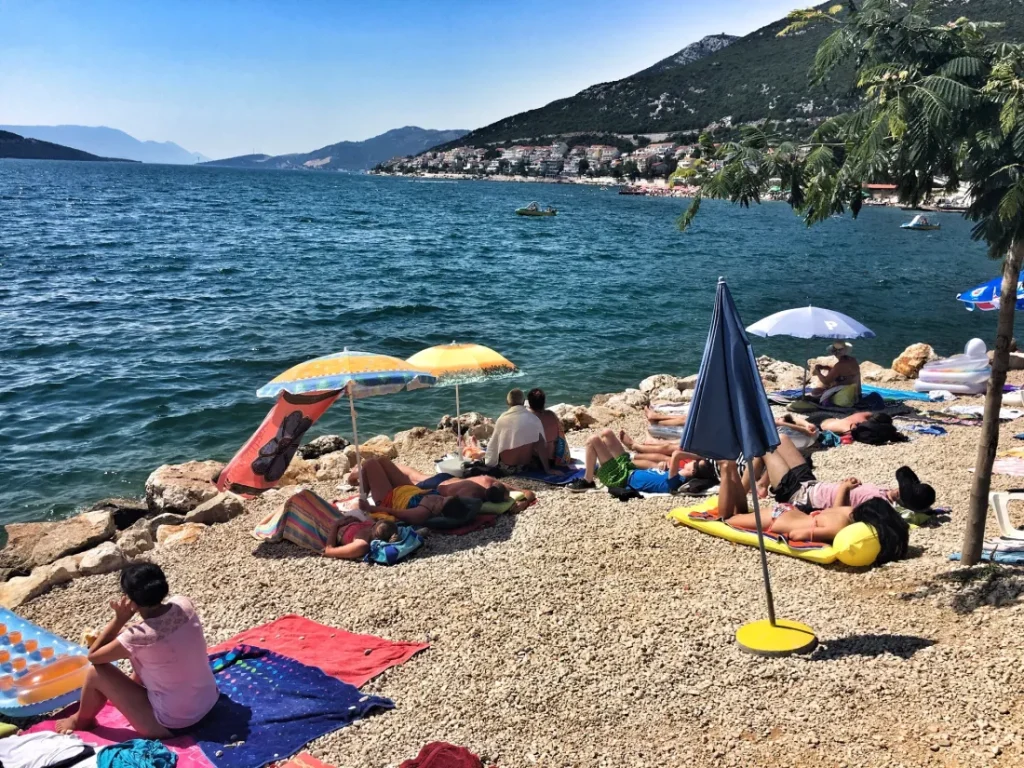
Since I was making my way north on the Via Dinarica Blue Trail from Dubrovnik and the Elaphiti Islands, I opted to base myself a bit inland at Agroturizam Matuško in the village of Moševići rather than one of the resorts on the coast so as to stay in line with the sustainable tourism theme. Interestingly, as rich in history as this area is, Neum (pronounced Nay-om and first mentioned as Neunense in 533 AD) really only started to develop as a tourist town in the late 1960s after the Adriatic Highway was built so most of the structures there are super Yugoslav style with lots of concrete and lots of strange geometric shapes.
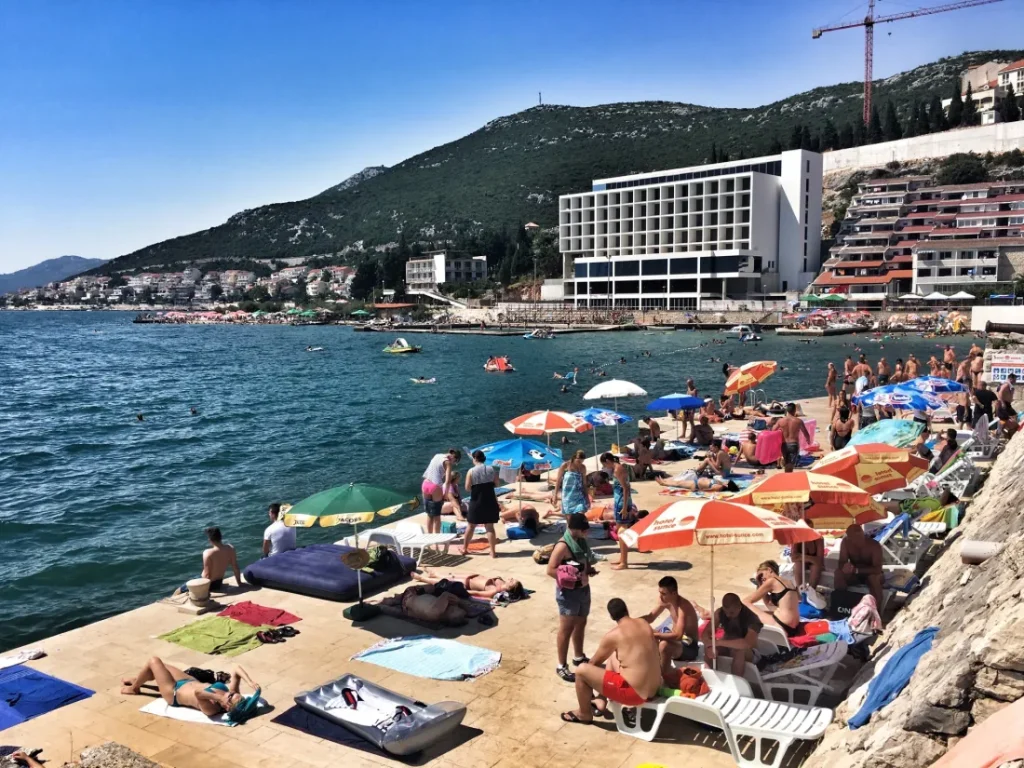
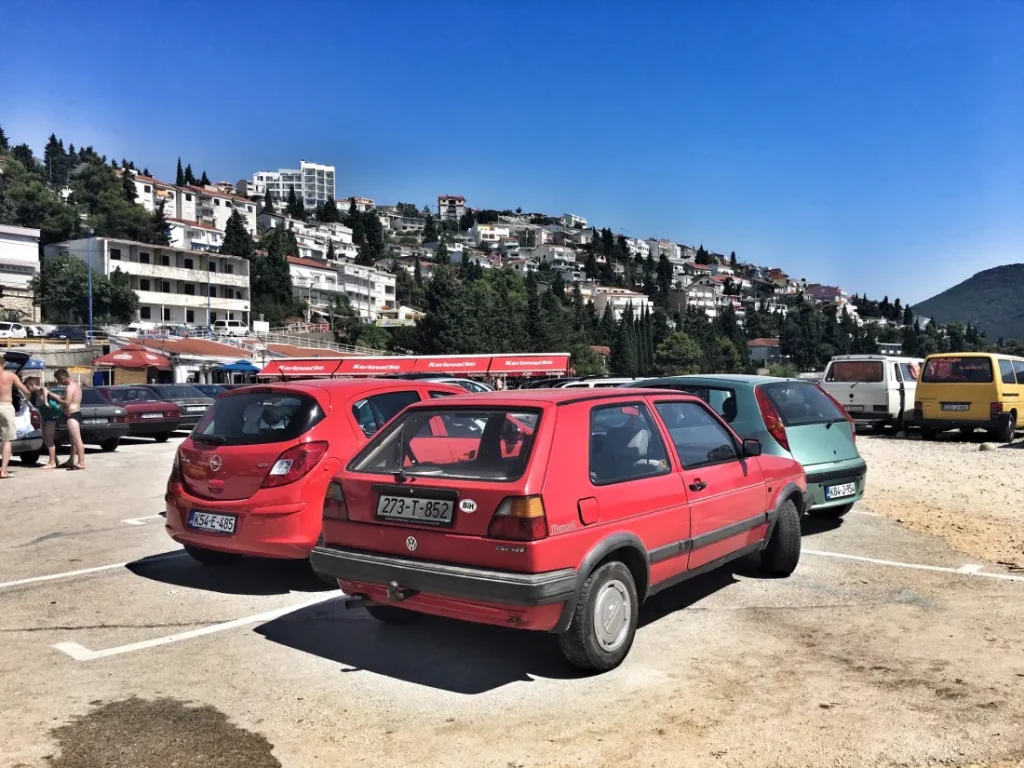
Considering there is only 22 km of coastline for a country of approximately 3.8 million, it can also be super crowded in the summer months – particularly down around the hotels. Over across the bay though, around the Klek Peninsula, there are some more quiet spots you can post up if feeling like you’re stuck in a Where’s Waldo beach illustration isn’t your jam. Or just head straight for the hills of the Dinaric Alps to the Via Dinarica Blue Trail where there is a strong possibility you may be one of the only foreigners around. For days.
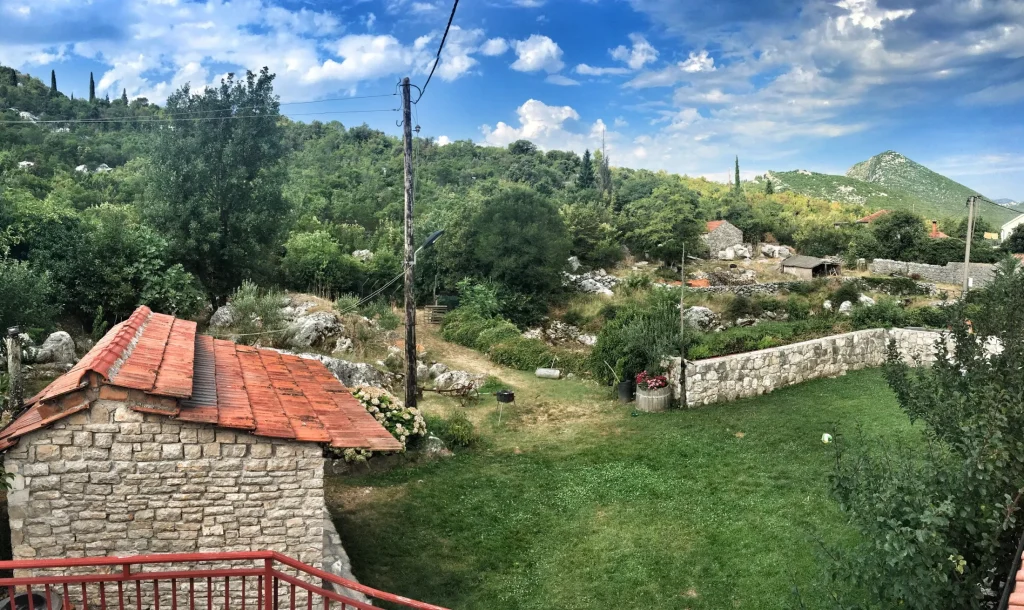
Agroturizam Matuško is a good place to start just 10 kilometers inland and actually rated #1 for B&Bs in the area on Tripadvisor, so you know they are doing something right. Lots of people stop by just for the owner Davor’s famous traditional home cooking while passing through to Croatia (think fresh cheeses, prosciutto, homemade wine, and meat and vegetables cooked in a sač), but it’s also a really peaceful place to base yourself for a few nights and get to know this relatively unexplored piece of Bosnia & Herzegovina.
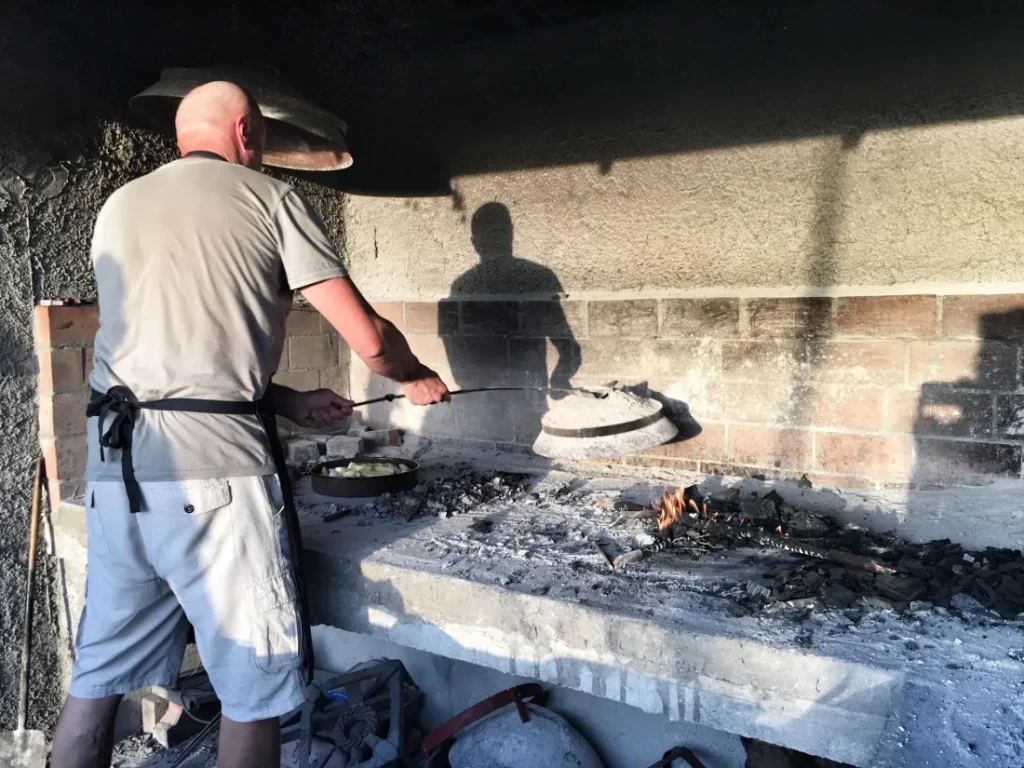
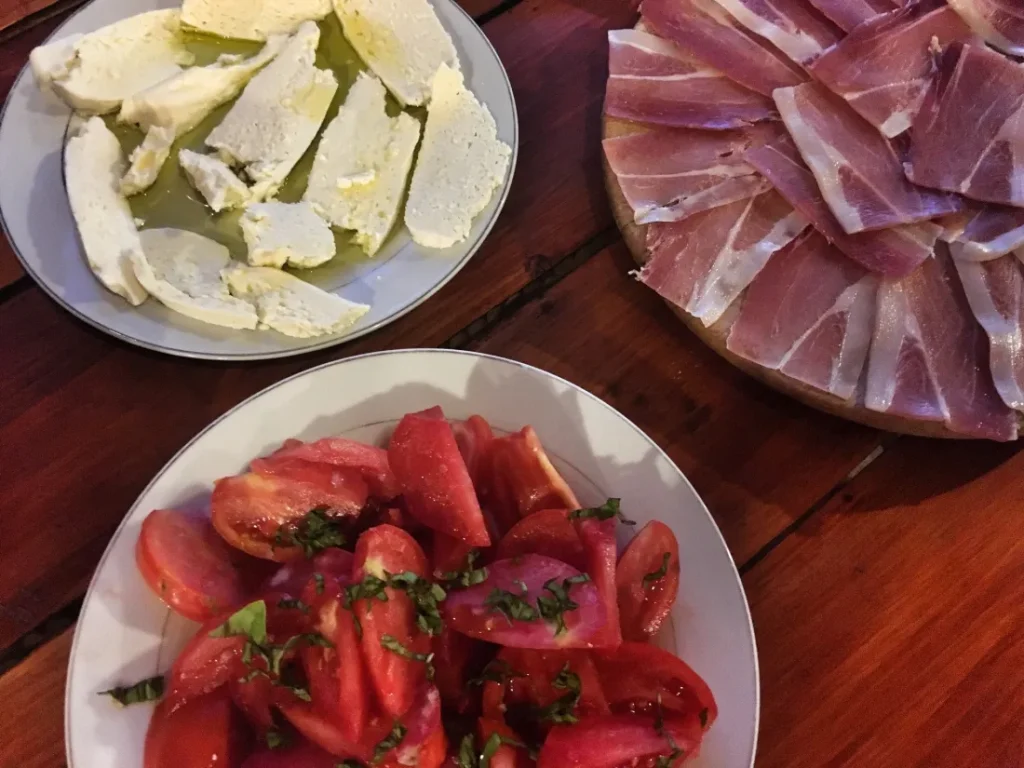
As per usual with “relatively unexplored” places in the Balkans, there is very little information available online on what there is to actually see around Neum and Ravno so with that here is my personal contribution to the travel world. Highlights from my visit and things you shouldn’t miss if you’re ever in the area.
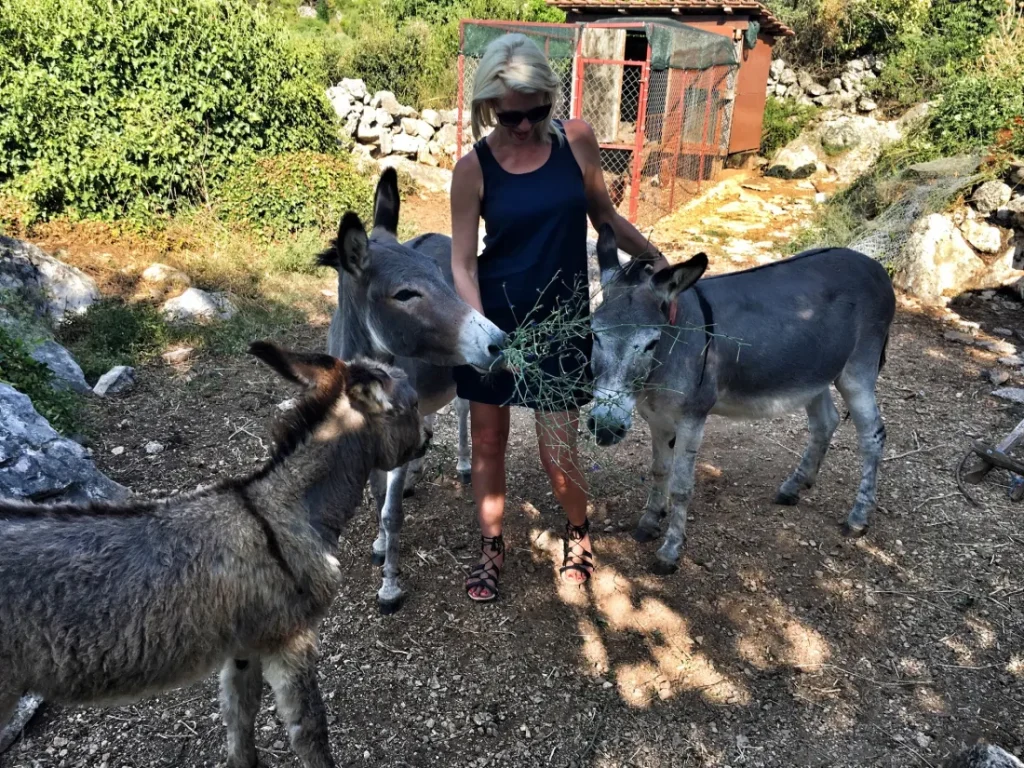
Museum and Gallery of Neum
Before you stray too far away from Neum, it’s a good idea to check out the Museum and Gallery of Neum located in the center of town and underneath a church shaped like a sač. Or a Yugoslavian yurt. I couldn’t quite figure it out.
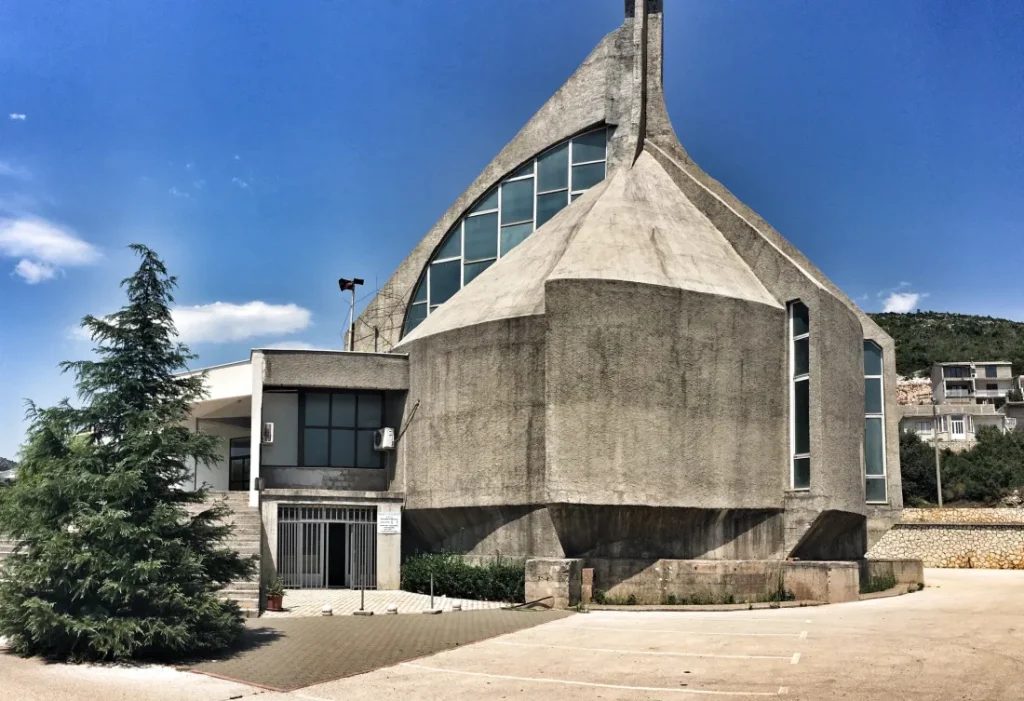
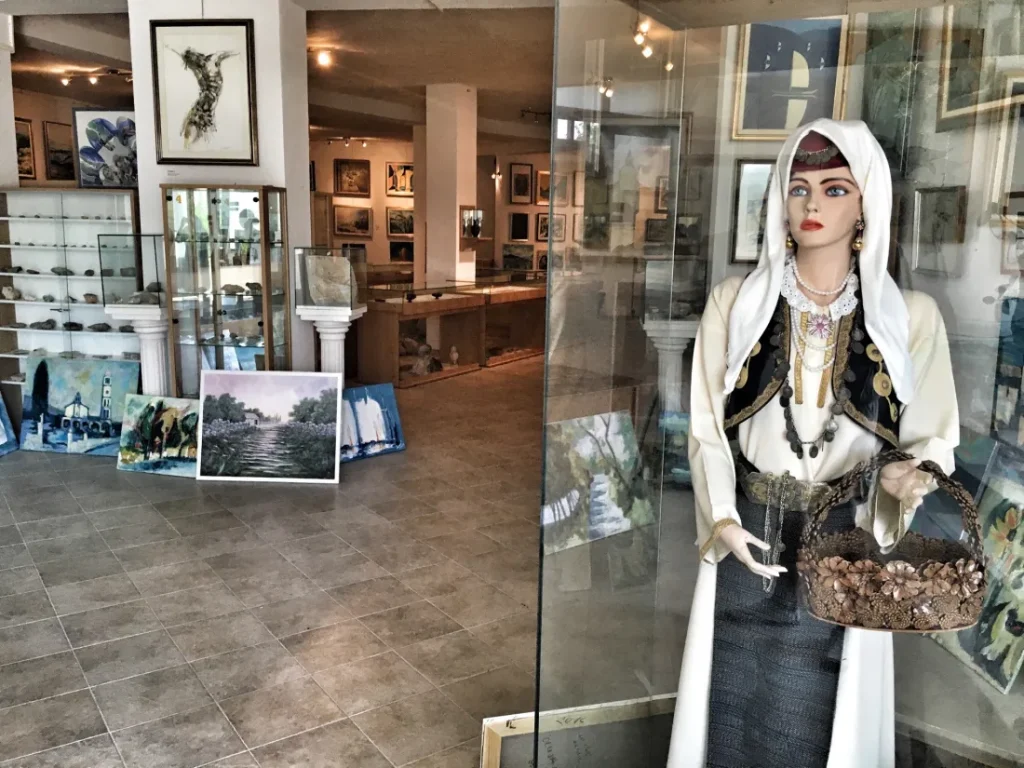
This place opened only eight years ago and was prompted by some pretty incredible artifact findings around the area. Most notable were the tombs of two Illyrian warriors and their helmets, quite a few interesting fossils, Roman coins and jewelry…stuff dating back to forever ago that got Neum like – maybe we do have some cultural heritage to offer.
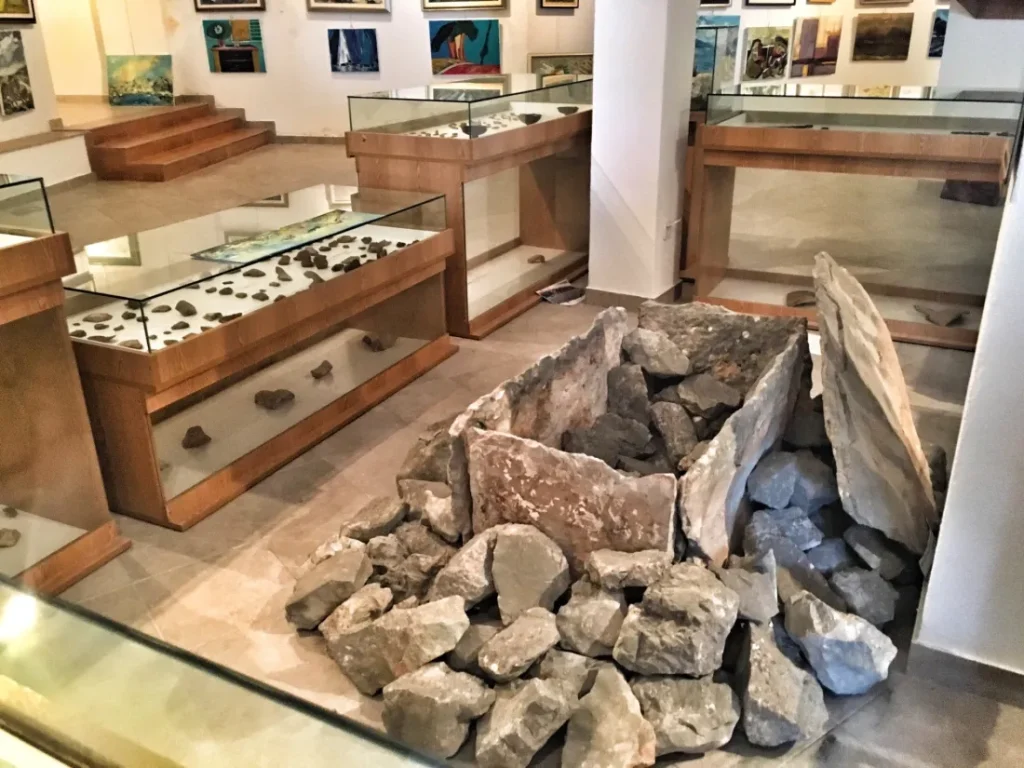
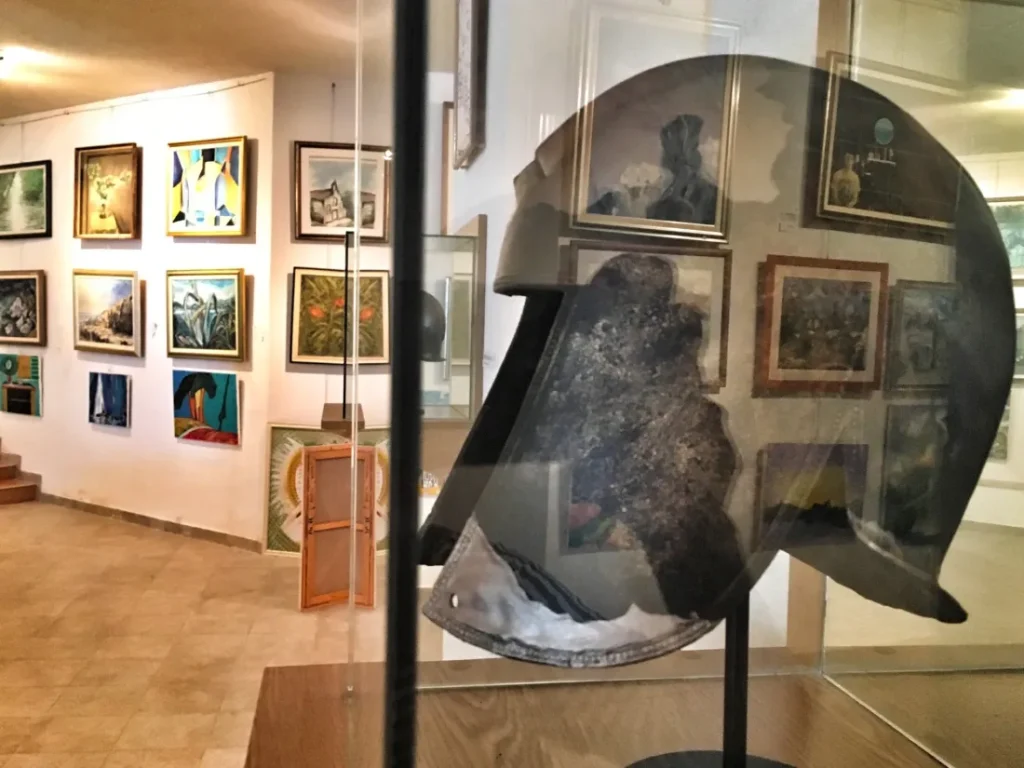
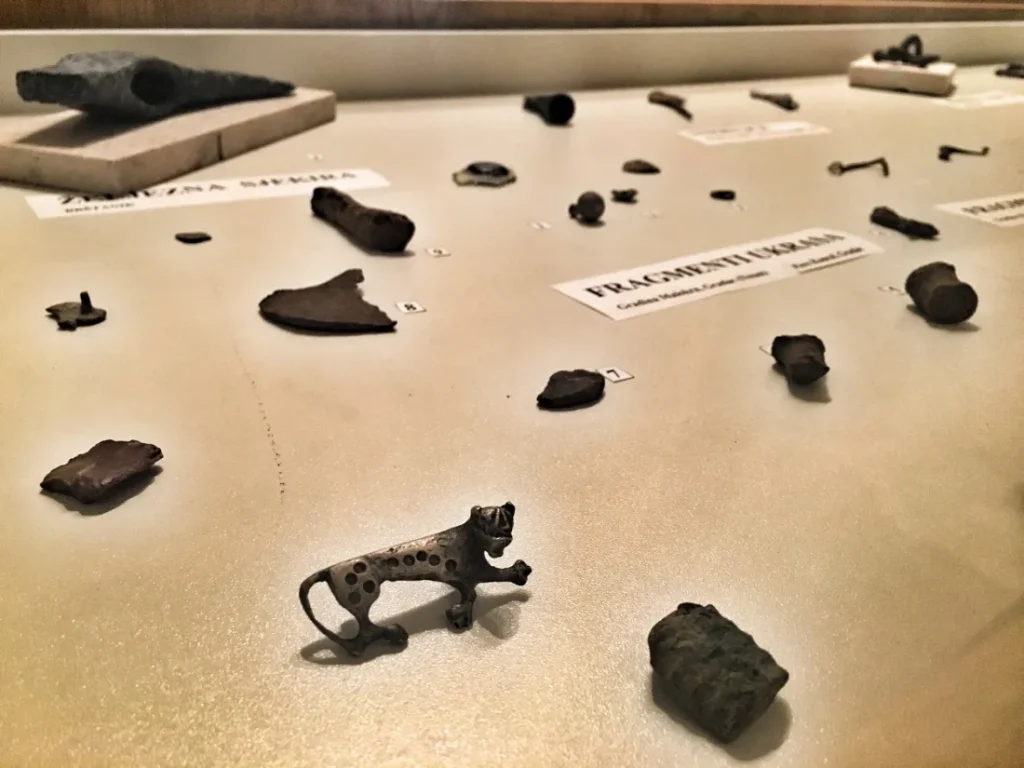
Stecći and Illyrian burial mounds
If you’re casually driving through and exploring this area, odds are you are going to come across several Illyrian burial mounds and necropolises full of stecći. Now what are stecći you might ask? And Illyrian burial mounds?
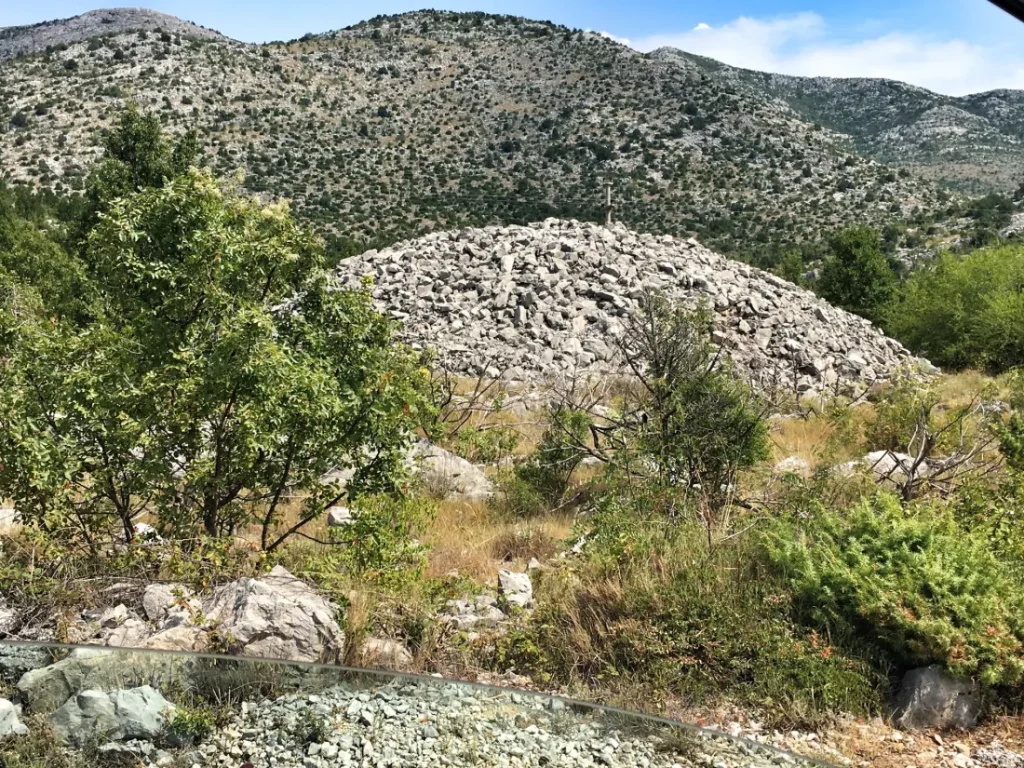
Easiest one to start with (and seen above) are the Illyrian burial mounds because they basically just look like a massive molehill of stones. You could essentially make your own Illyrian burial mound if you had enough time on your hands by the looks of it, but they are real historical things that you can probably read about somewhere on the internet if you are interested enough.
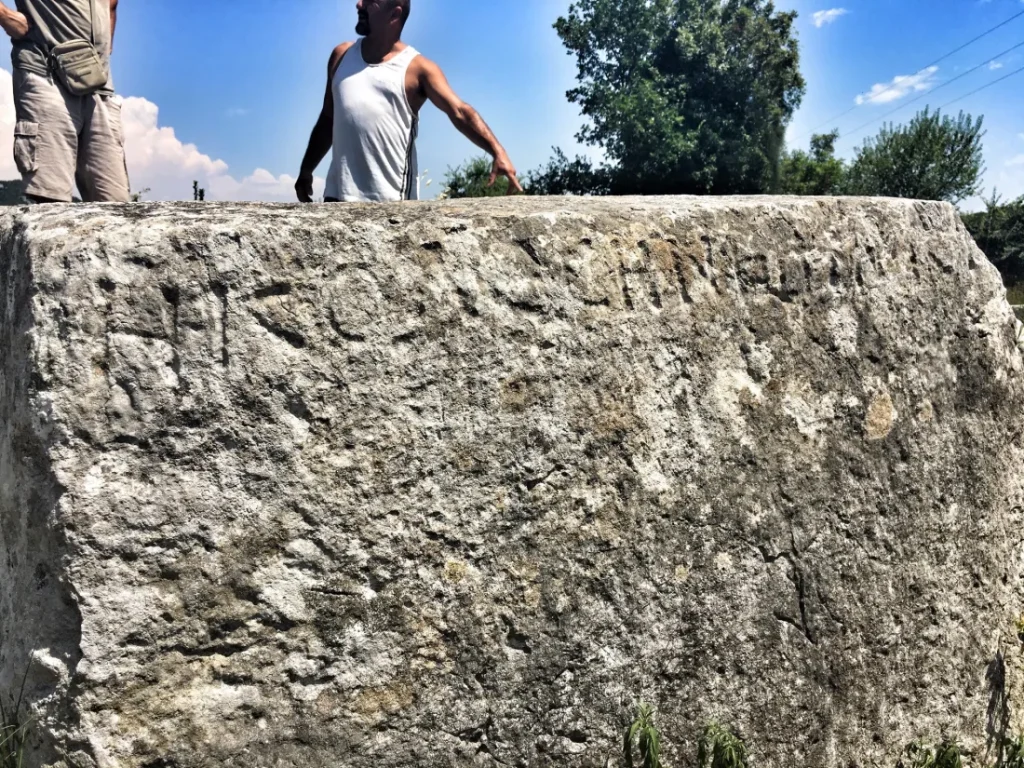
Stecći I find a lot more intriguing as they are medieval tombstones sometimes with motifs or inscriptions and are a national symbol of Bosnia & Herzegovina. According to one internet source, there are almost 70,000 known stecći in the world and about 85% of them can be found in the BiH so you will see a lot of them scattered around different parts of the country.
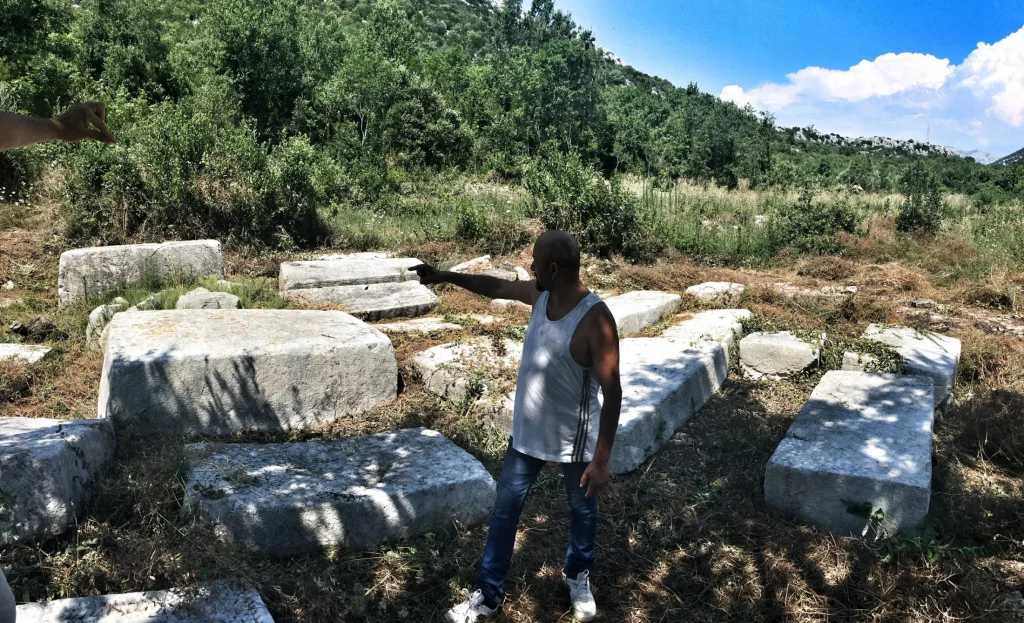
While in many places they have been properly protected and turned into a visitable touristic site, the ones I encountered around Neum were either locked up behind a fence or you had to find a local to show you the way through overgrown shrubbery/the wilderness.
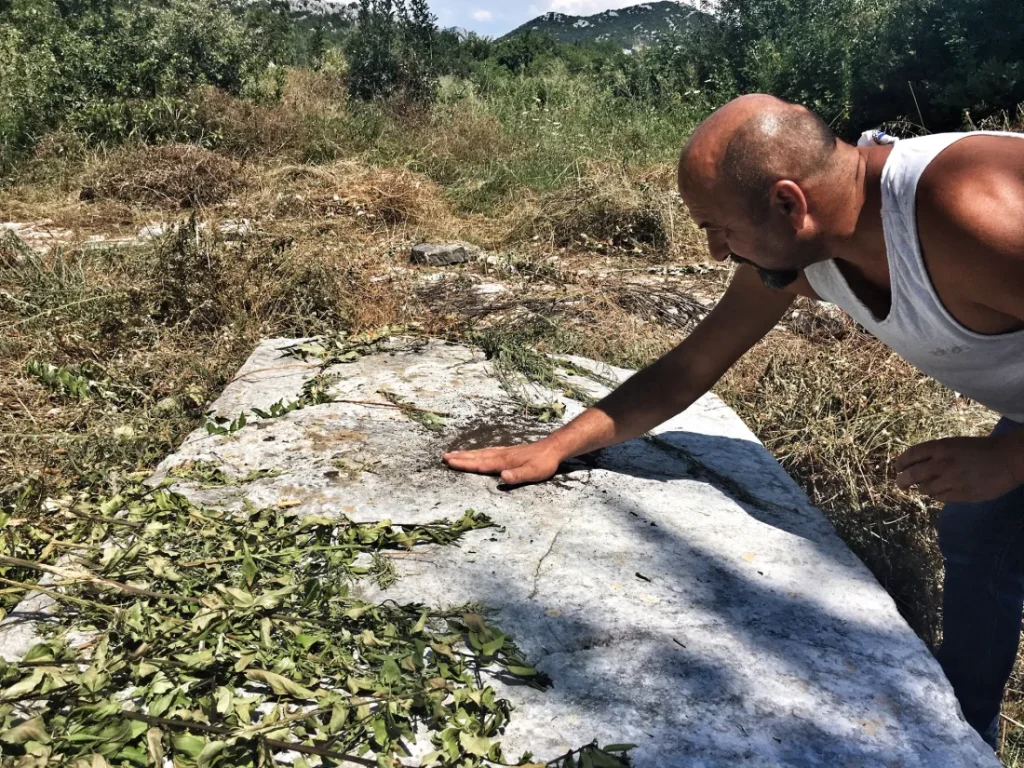
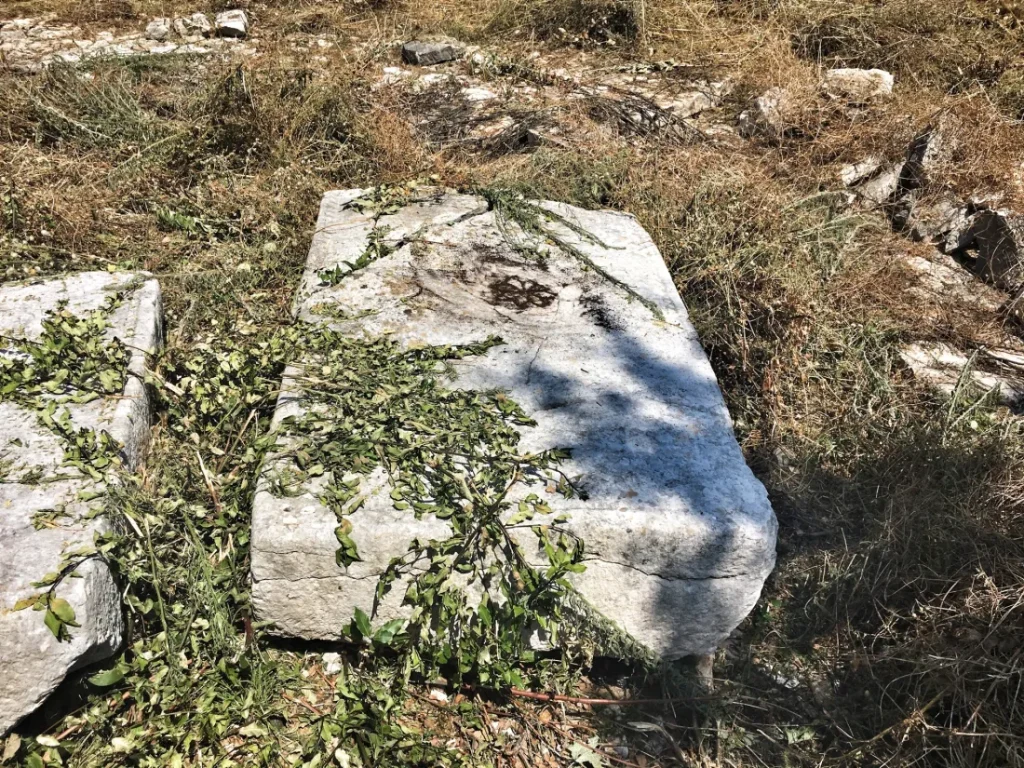
This is the reality and not an uncommon occurrence with cultural heritage sites in the Balkans, but the good news is there are a lot of cool locals who would probably be happy to help you and once you do gain access, it will be all the more memorable.
Hutovo and Hadžibegova Kula Fortress
Just behind Neum is the small village of Hutovo which contains a couple of churches and an ethnographical type museum called Zavičajna Kuća. Housed in a couple of traditional Herzegovinian style houses, there is a small collection of items from Herzegovina’s (aka Hum’s) past as well as an exhibition dedicated to the steam train built by the Austrians that used to run through these parts from 1901-1976.
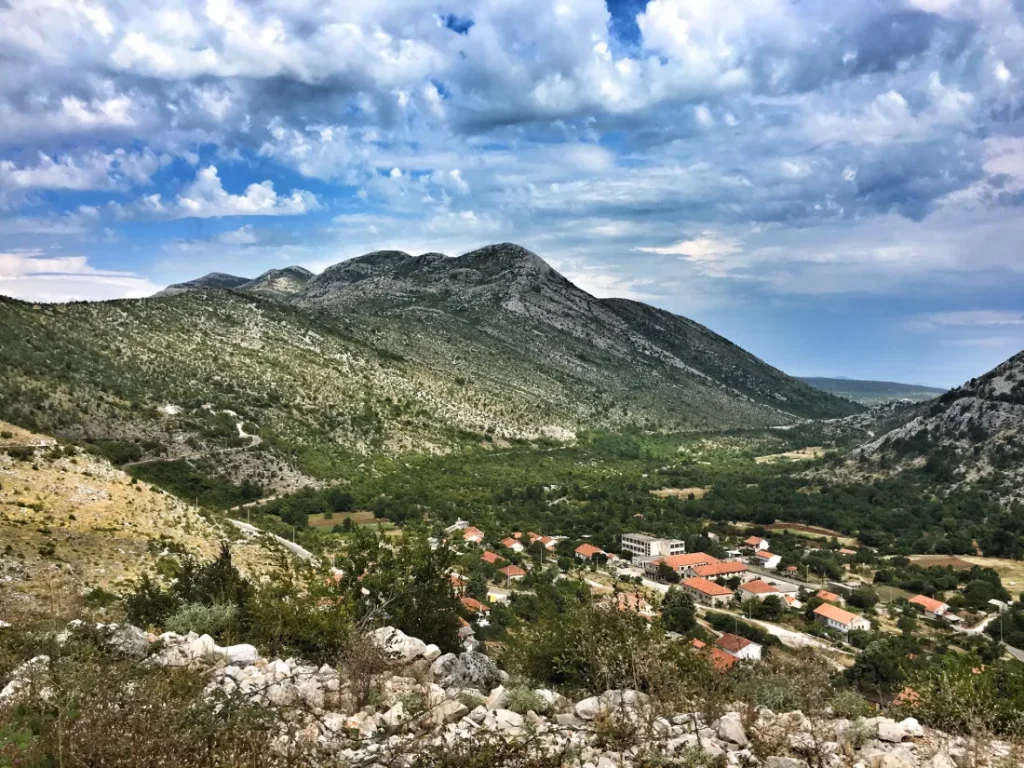
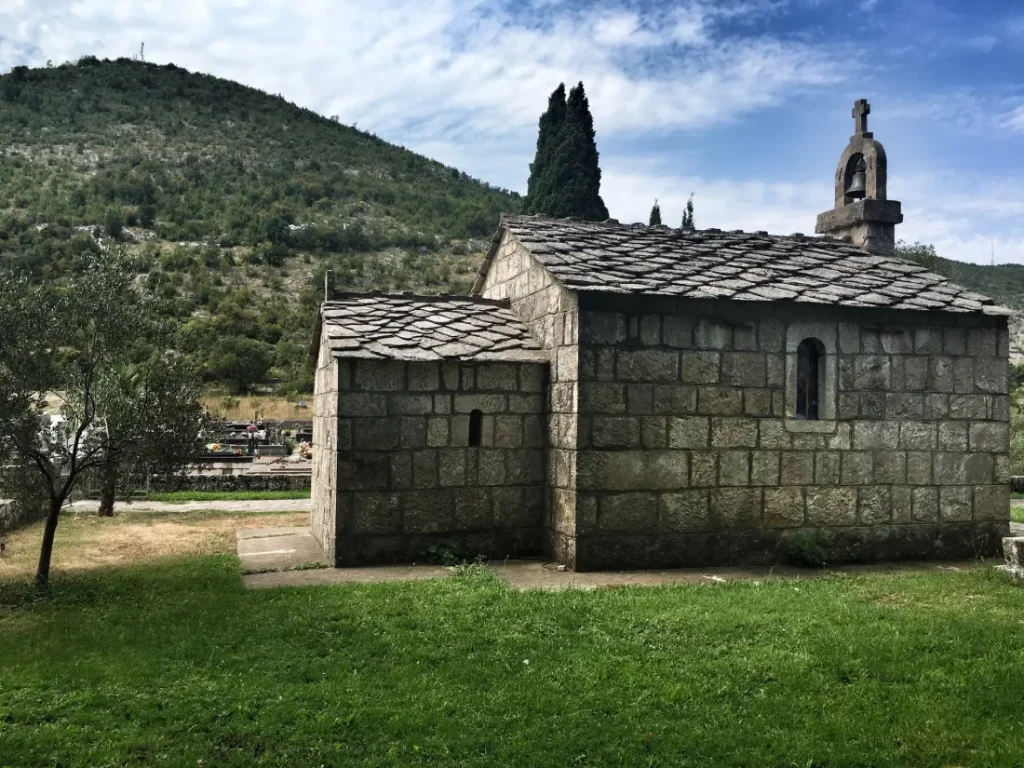
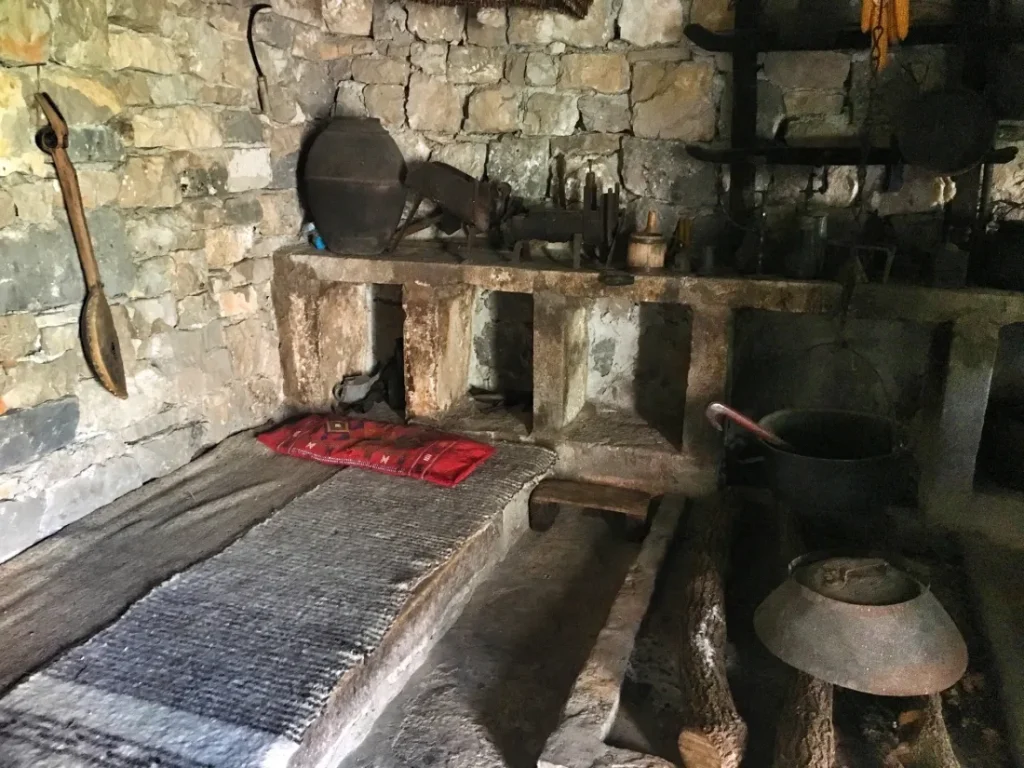
Apparently this train route which ran from Vienna to Dubrovnik was a real stunner and lead to the prosperity of many towns along the way including Hutovo. You can imagine then why much of the older generation is so nostalgic for it and how its closure lead to a pretty quick economic decline. There is talk to convert the old tracks into bike paths as has been done in other places in Europe in order to bring more tourists through these parts, but for now it remains only that.
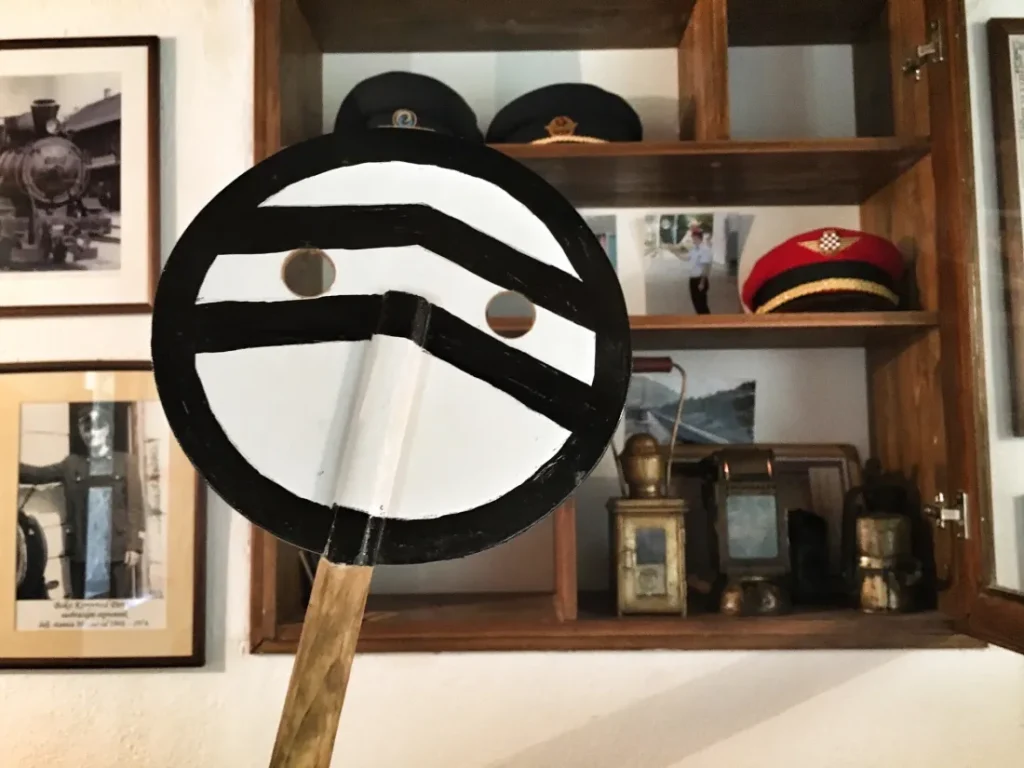
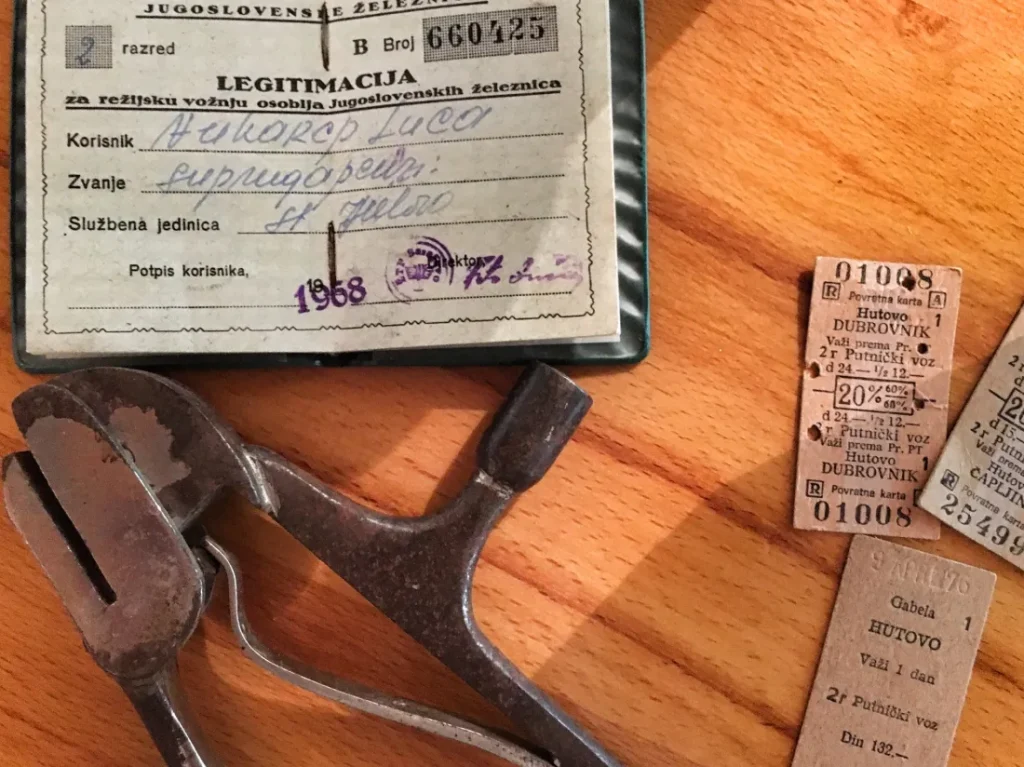
Just up the hill is old Hutovo and the ruins of Hadžibegova Kula Fortress. From what I gathered from my very reliable guide/legit historian, Stanislav Vukorep, it was initially a Venetian fortress built strategically along the road to Ston which was the salt capital of the region back in the day. By the early 18th century, the Venetians ended up handing this area over to the Ottomans (which included Neum, so if there is one thing Bosnia & Herzegovina can thank Turkey for it’s their access to the sea) who then were in control until about 1878 which explains the mix of architecture.
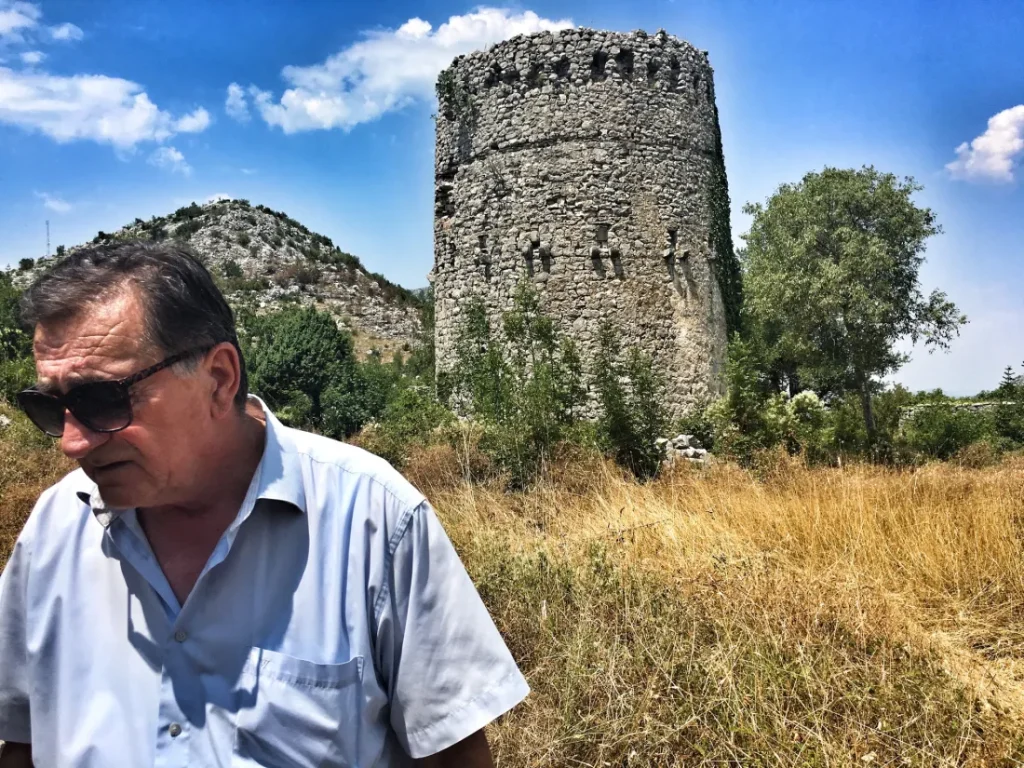
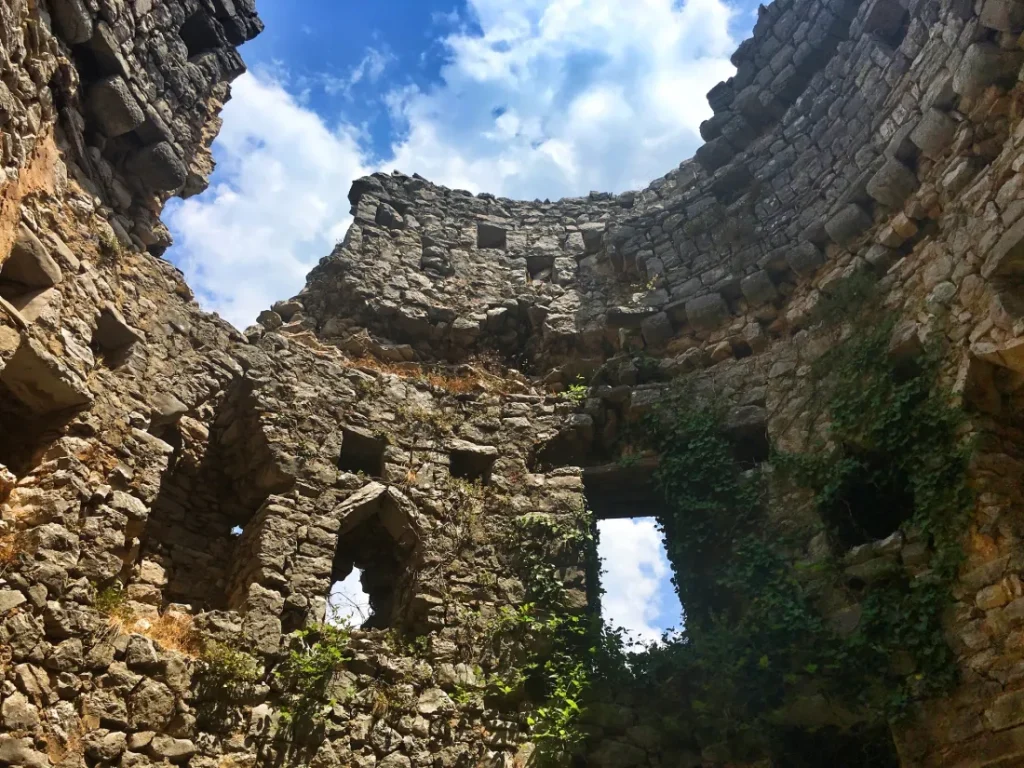
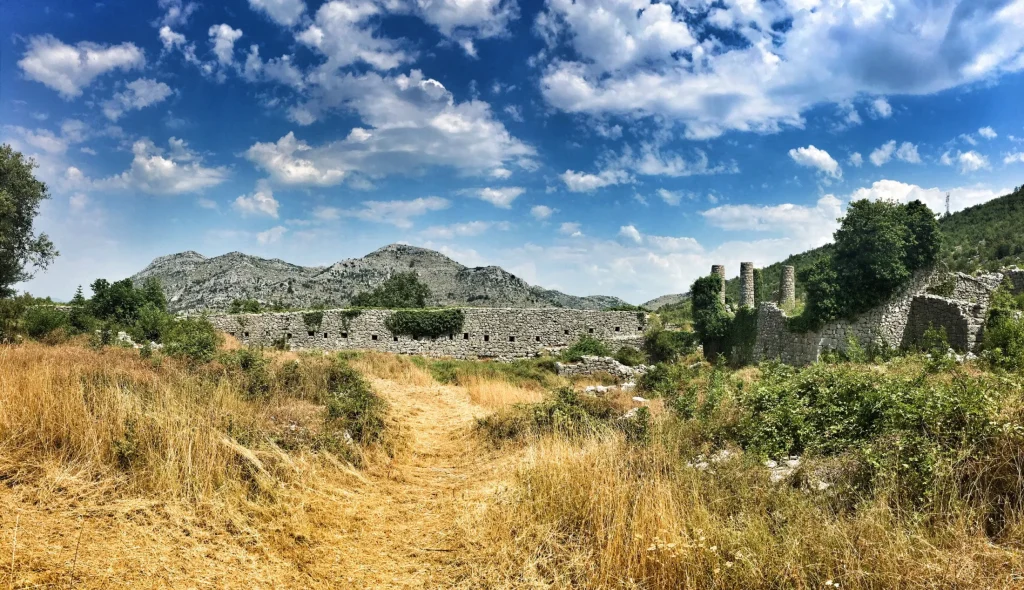
Ravno & Trebinja
Moving south from Hutovo, there are a couple of other towns you may want to make a quick stop at if you happen to be passing through. Ravno is the first and its unfortunate claim to fame is that it is where the war started in Bosnia & Herzegovina in 1991 when it was leveled by the JNA on their way to attack Dubrovnik. As a consequence, it is still struggling to fully recover even to this day, but the good news is that there is hope and a lot of private initiatives taking place – especially in the way of tourism.
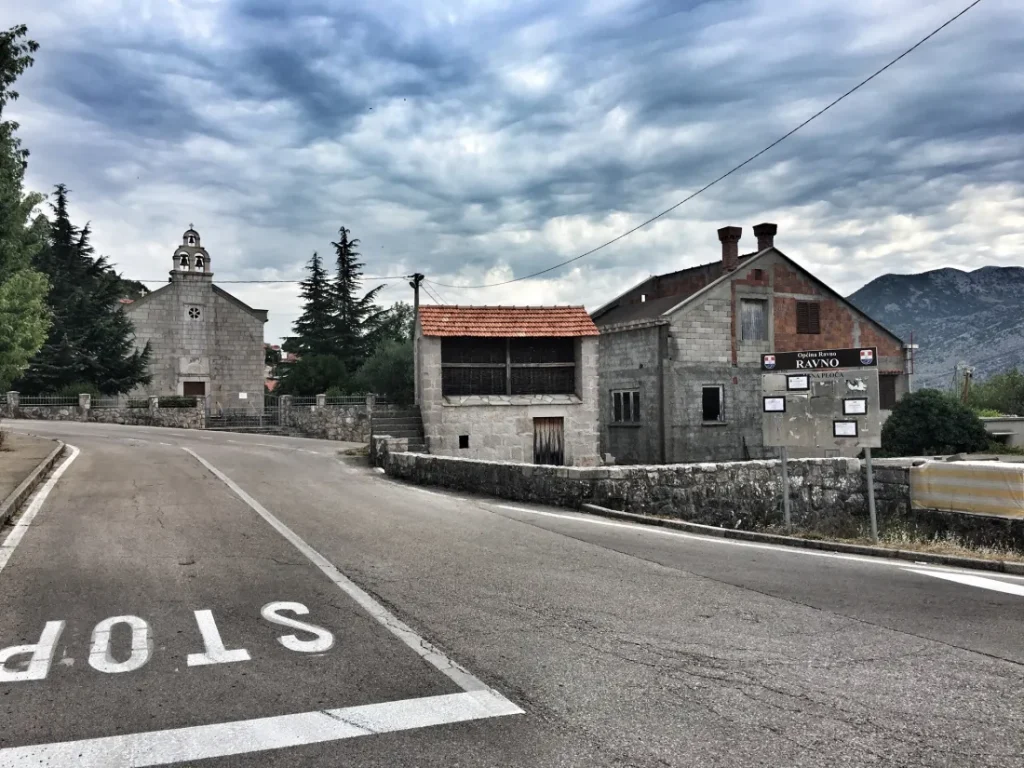
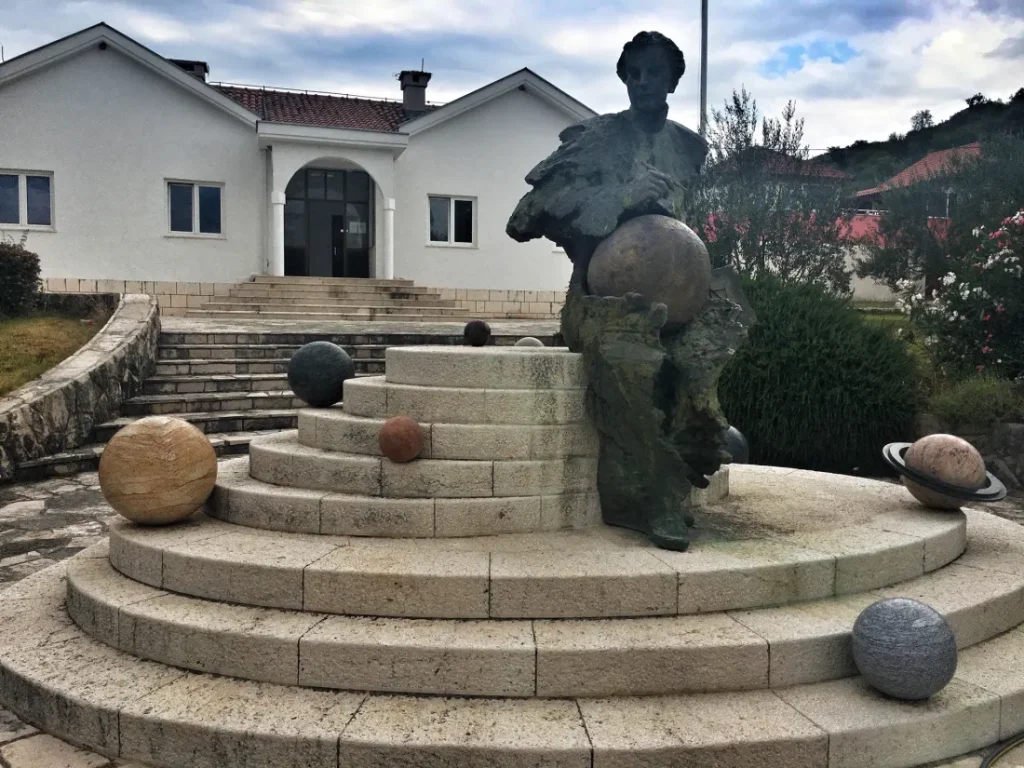
Though it/he is not an actual tourist attraction per se, one of the most memorable hours I spent in the area was at Božo’s house just up the road from the municipal center and funky statue of the famous scientist, Ruđer Bošković. I was warned in advance that I would be meeting with someone who can only be described as Mick Jagger’s brother from a Croatian mother, but still nothing could prepare me for what an incredible character was there waiting to greet us.
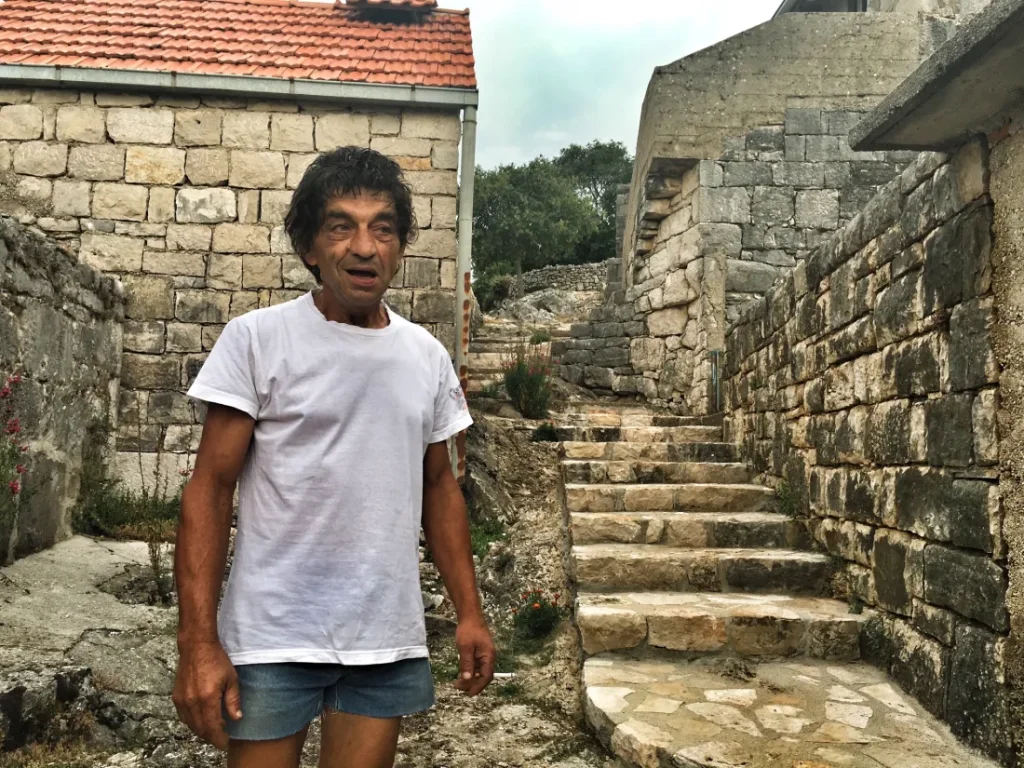
Božo’s life story hasn’t been an easy one which includes a heavy battle with alcoholism and of course the destruction of his home during the war, but you would never imagine that strolling around the incredible compound he has freestyle designed, constructed, and landscaped – nor strolling around with someone so incredibly positive and kind.
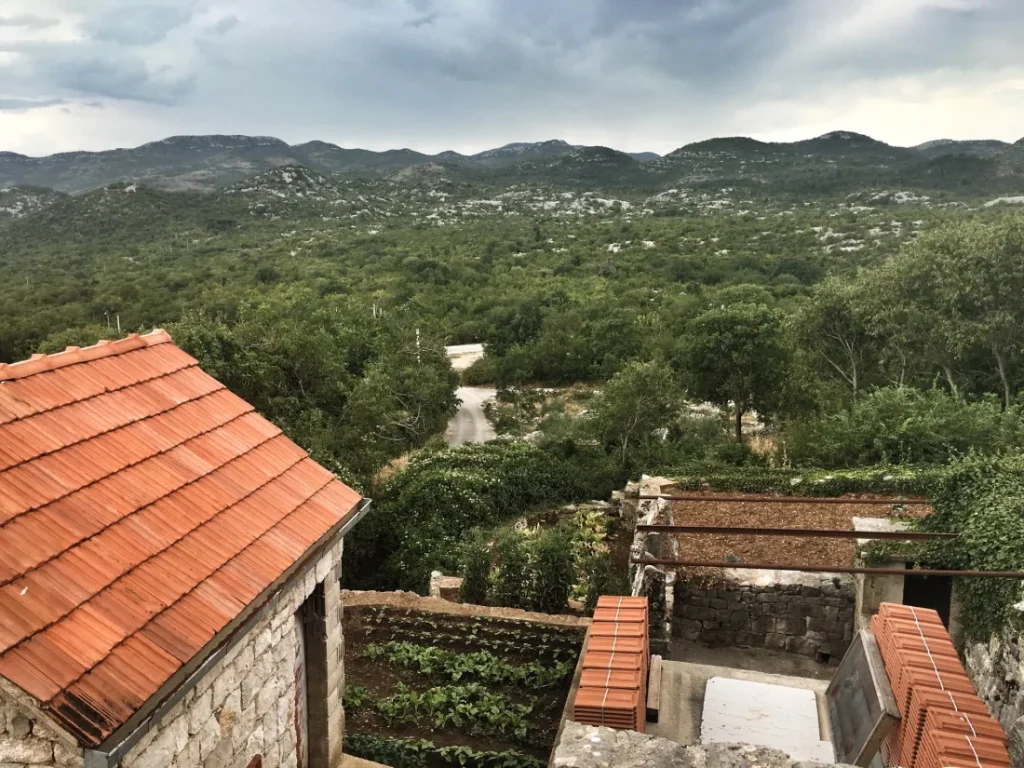
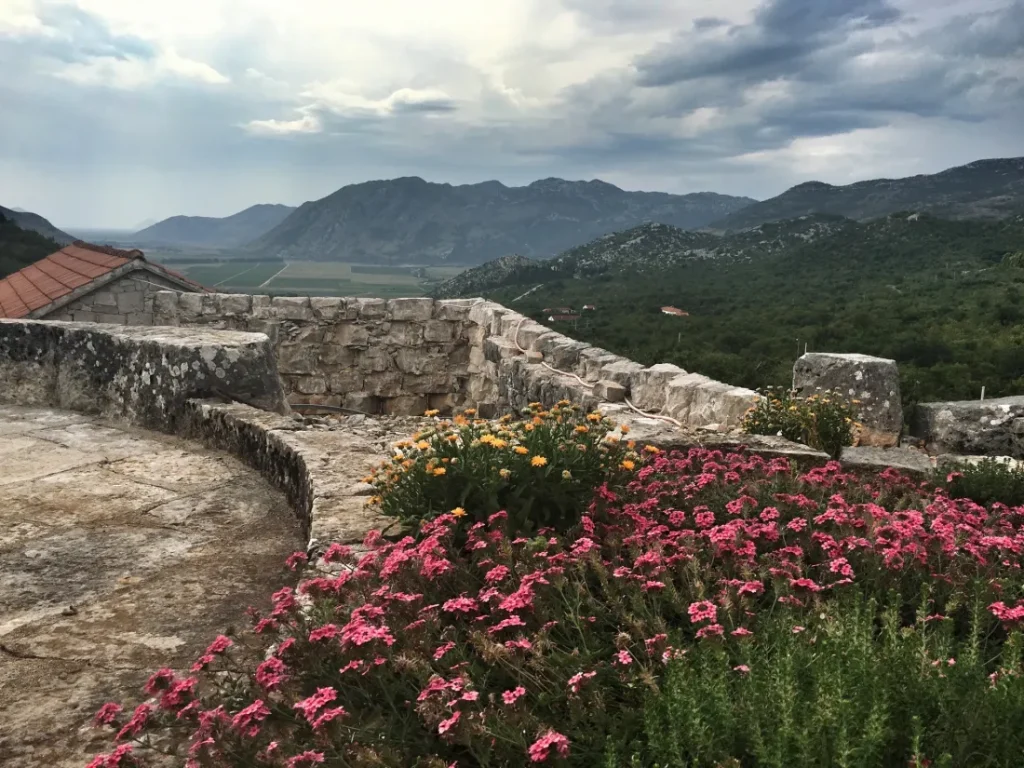
He is a legend in Ravno and is basically building on his own dime what I can only describe as a peaceful retreat that will include a few guest rooms with facilities as well as area for camping in the garden. Making a profit seems to be nowhere in his mind, this has been a pure labor of love as well as therapy for him, so it’s hard to say what you can expect to find there if you go. For sure some great company, his rambunctious donkey named Leo who enjoys listening to rock music, and some damn good rakija he will probably offer you – just don’t ask him to join 😉

Other points of interest in Ravno are the Ethno House Baba Mara (which once you’ve seen one ethno house, you’ve seen them all) and Stanica Ravno, an old train station that has been converted into a great restaurant, wine bar, and/or boutique hotel to overnight in depending on how you feel.
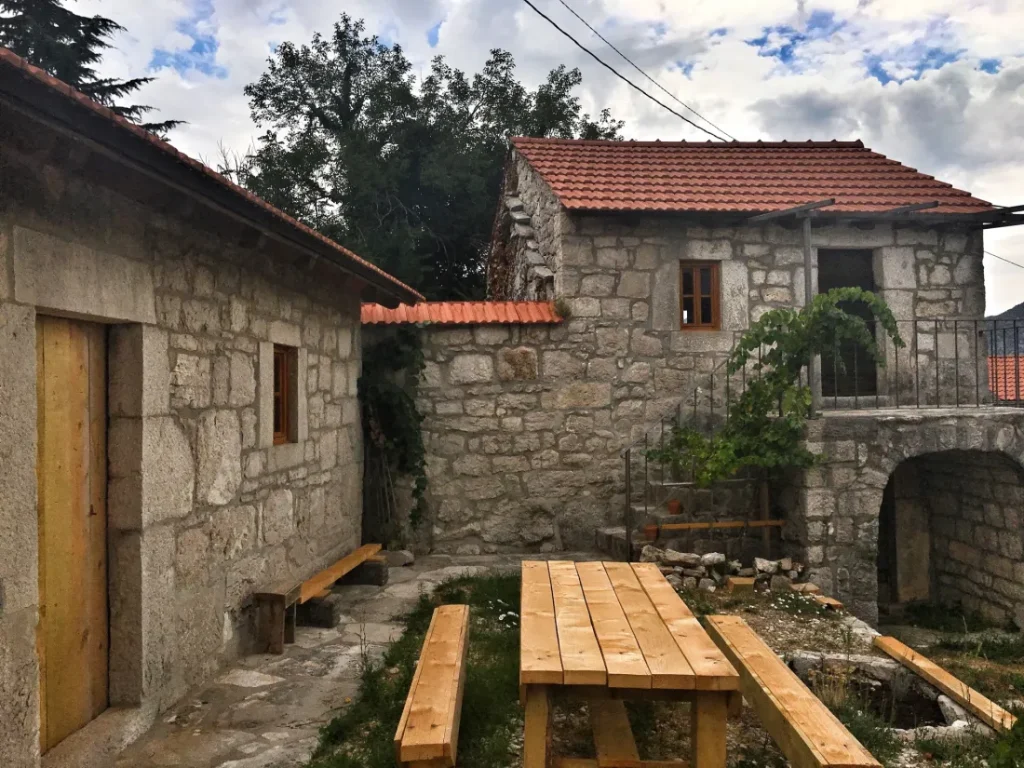
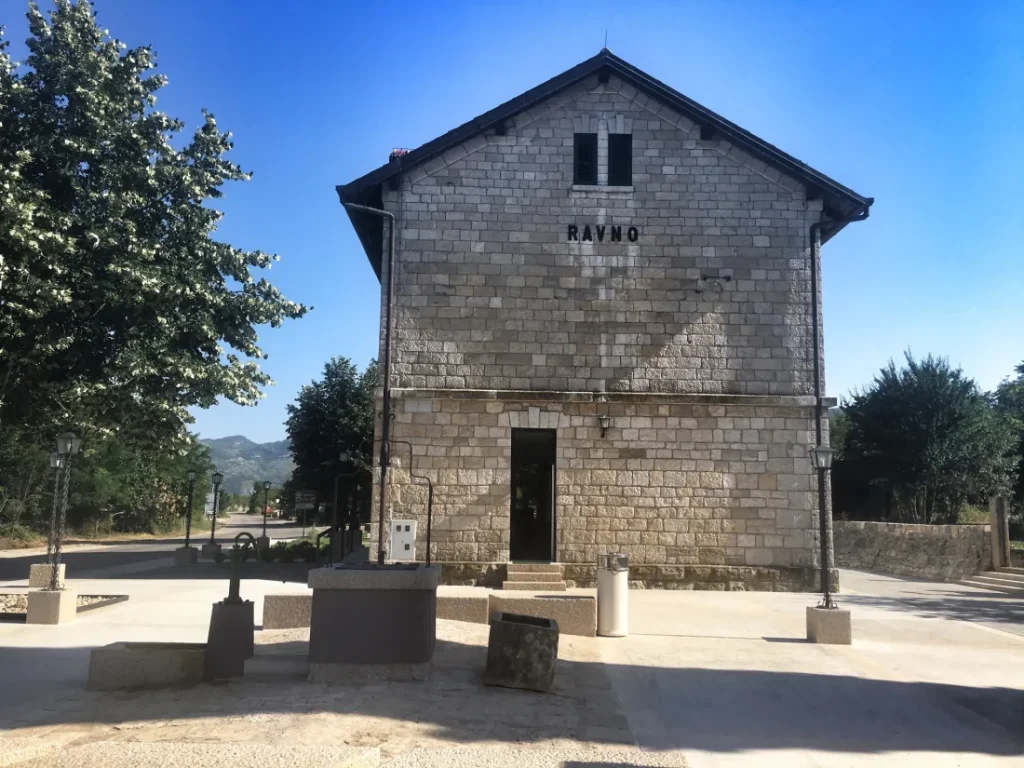
Heading back a little west and only 8 kilometers from Slano border crossing to Croatia is Trebinja (or Trebimlja on Google maps?). There area couple of old churches there, including the Church of St. Rok from the 15th century, a lot more stecći, and from some of its highest points – a pretty cool view of the Croatian island, Mljet. If you’d like to learn more about the cultural heritage in the area from all the way back to when Illyrian tribes were hanging around, you should definitely get in touch with Tomislav Batina from the Association for the Preservation of Cultural Heritage Diluntum.
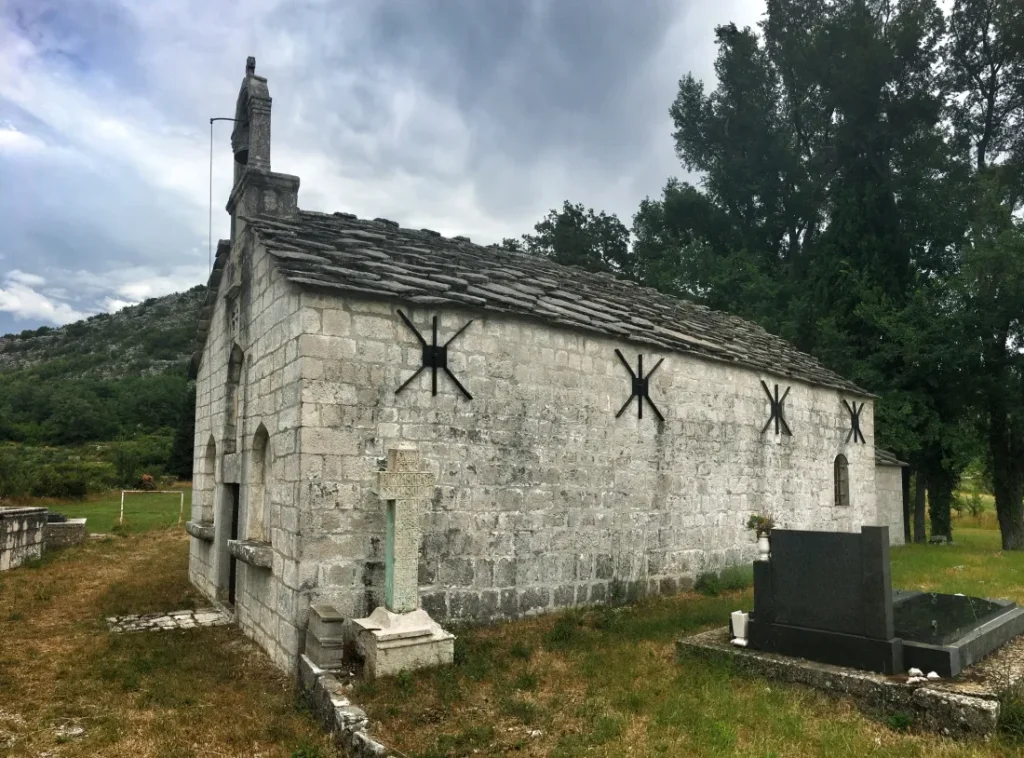
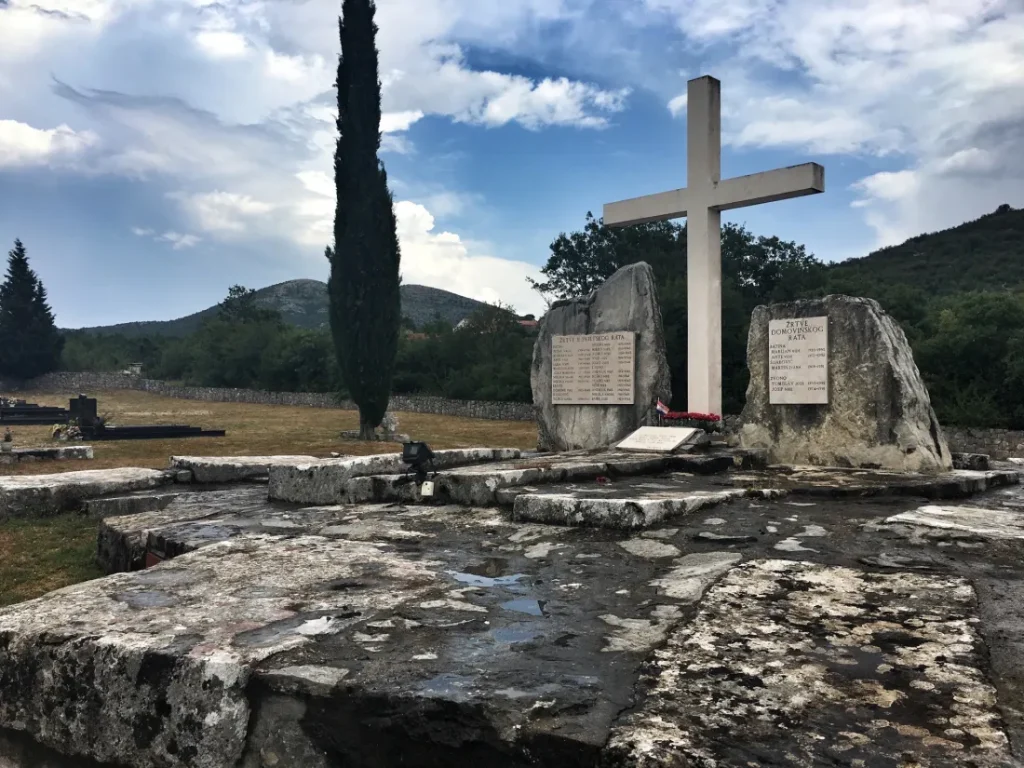
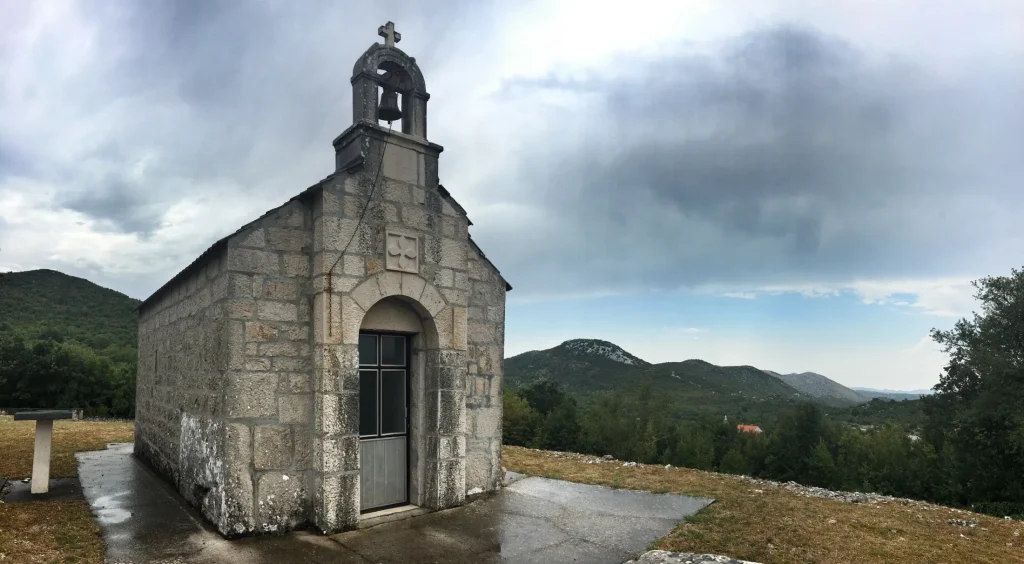
Popovo Polje and Zavala
Just a little further down from the town of Ravno is Popovo Polje, a gorgeous karstic plain also not far from the Croatian border that has a few hidden secrets you should know about starting with the Trebišnjica. This river, which flows east and in some places underground out to the Adriatic Sea, was at one time was the longest sinking river in the world and is extremely important to the region as a source of life and now hydroelectric power.
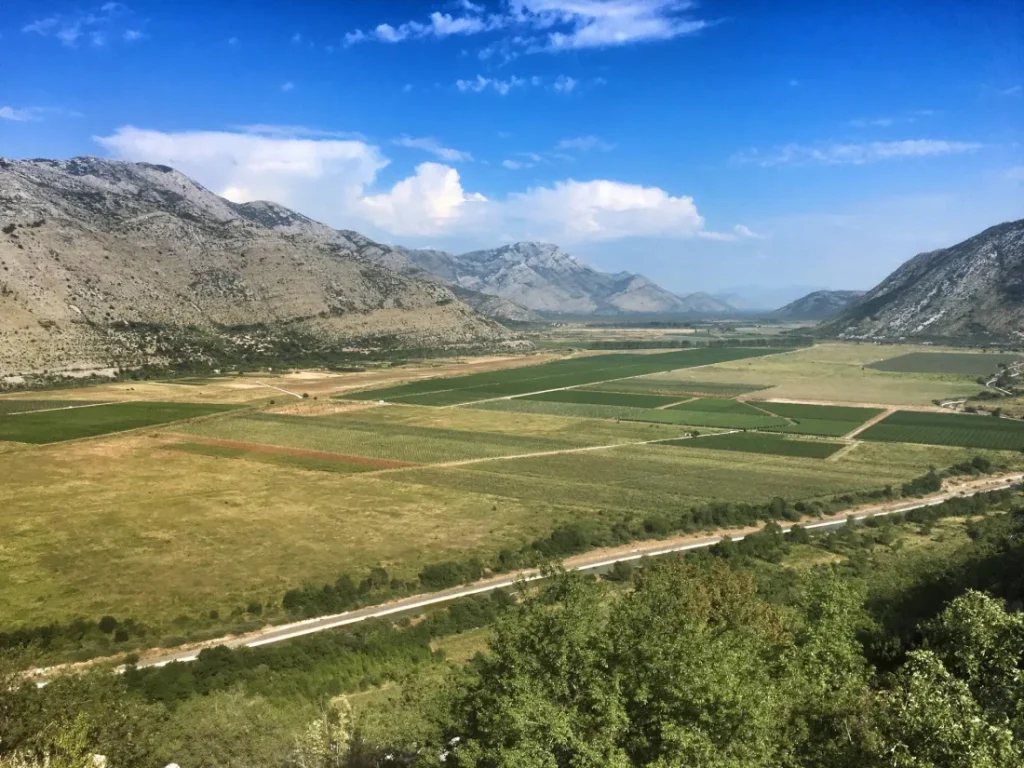
Next is Vjetrenica Cave. Perhaps one of the coolest attractions in Bosnia & Herzegovina that you’ve probably never heard about and which absolutely blew my mind – mostly because I had never heard about it even though it is one of the most important caves in the Dinaric Alps. Actually, one of the most important caves in the entire world. It’s also extremely close to Dubrovnik (only 50 kilometers away), making it another great alternative for escaping the crowds during the busy summer months.

Vjeternica quite literally means “wind” and this is due to the fact that when the weather is warm, cold air starts to blow out around the entrance. Like, a lot. So hold onto your children when you first walk in and prepare yourself for one of the most unique cave experiences you’ll ever have.
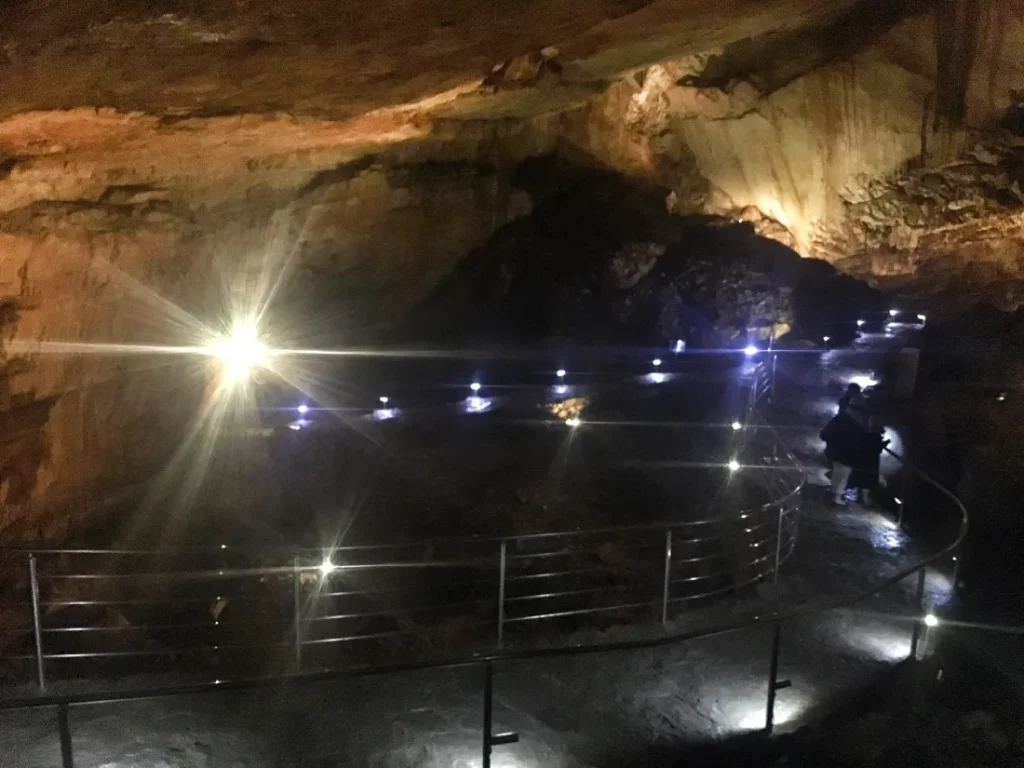
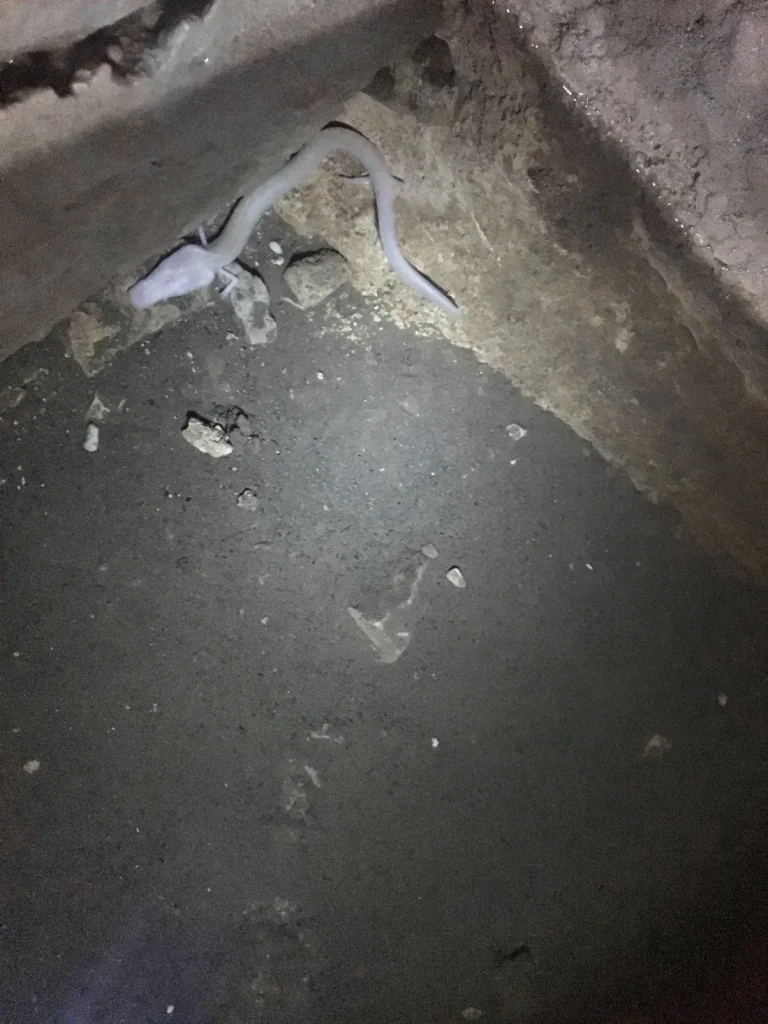
And lastly, Zavala Monastery which is just down the road from the caves. Unfortunately I missed visiting hours which are Monday-Saturday from 5am-8am and 4pm-6pm and on Sundays 8am-12pm and 4pm-6pm (they are pretty strict with that so make sure you plan in advance and wear appropriate Orthodox monastery clothing), but even with just a little peek, I was impressed.
For the curious traveler or for those getting a bit bored/tired of paying higher prices in Croatia, Neum and the municipality of Ravno just over the border have a lot more to offer than I ever imagined and shouldn’t be ruled out as an area of Bosnia & Herzegovina to visit even if you’ve never heard much about them. I wouldn’t call them diamonds in the rough, but definitely some semi-precious stones that just need a bit of polishing in order for their full potential to be realized – and quirks appreciated.

